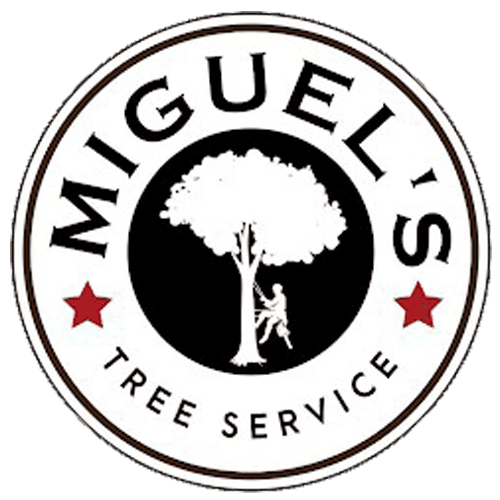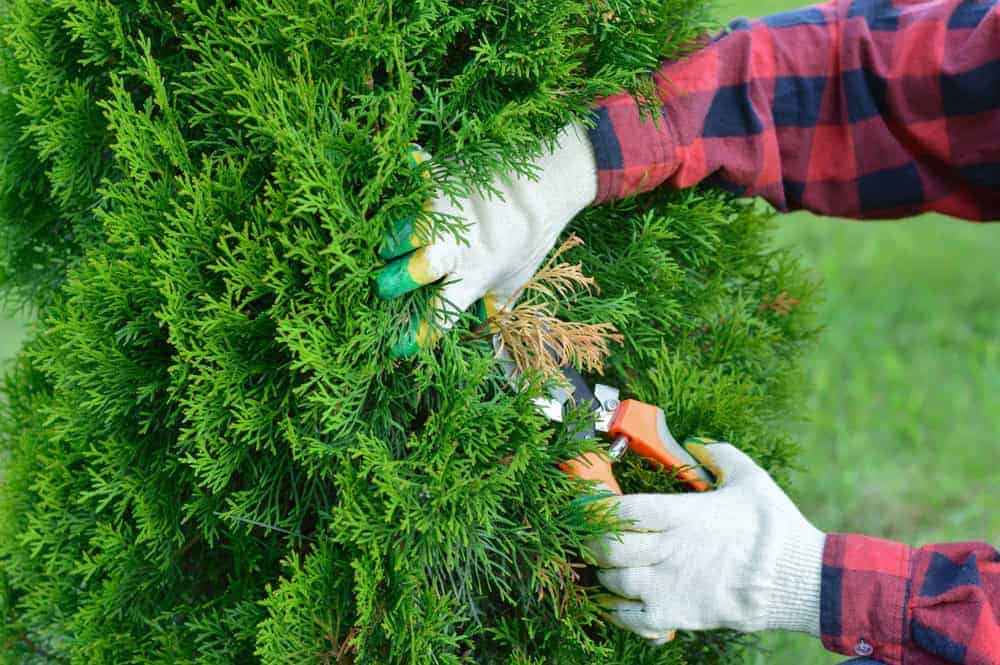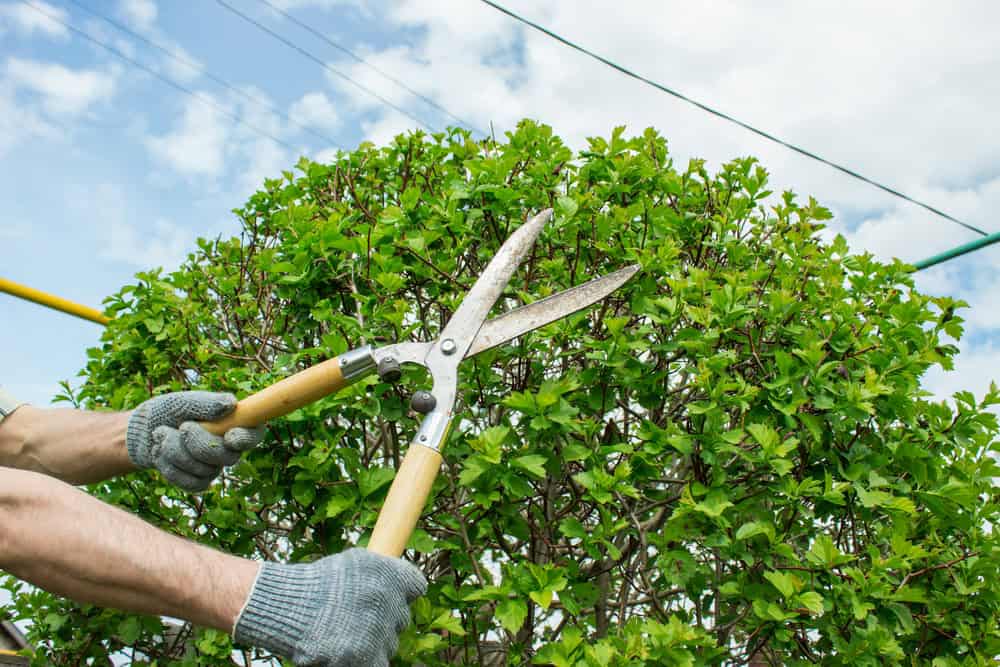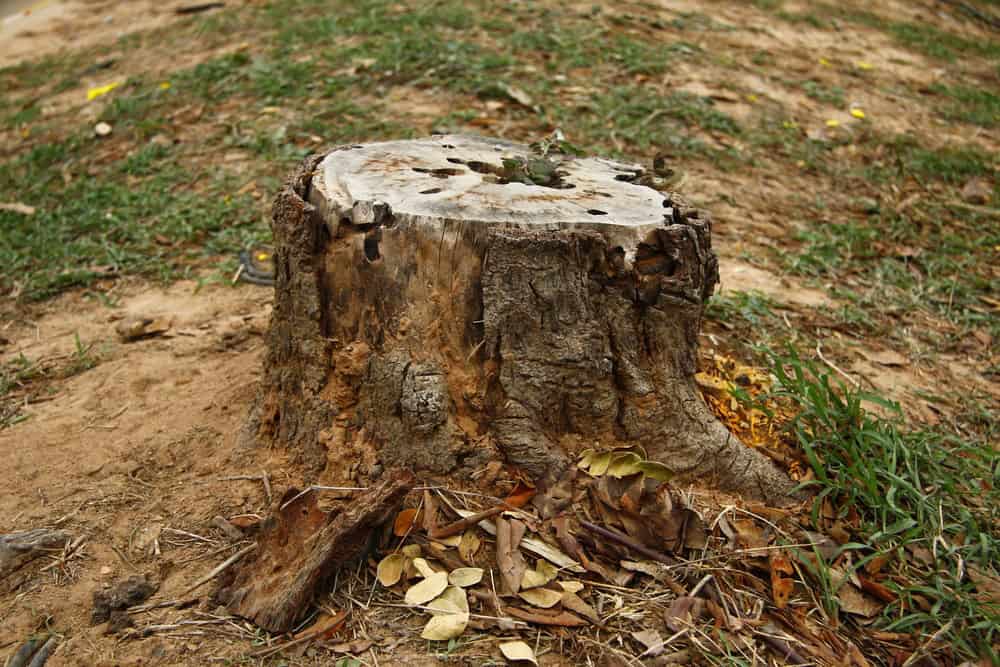Exploring Sustainable Forestry: The Art of Seed Tree Cutting
The Power of Seed Tree Cutting
In the heart of Suffolk County, NY, lies a rich tapestry of forests, cherished for their beauty and ecological significance. Yet, sustaining these woodlands demands thoughtful stewardship. That’s where seed tree cutting comes in, a proven technique blending timber harvesting with ecosystem preservation. In this blog, we delve into the intricacies of implementing seed tree cutting in Suffolk County, NY. From selecting prime seed trees to monitoring regeneration, join us as we uncover the best practices endorsed by Miguel’s Tree Service, your local tree care experts.
What is Seed Tree Cutting?
Seed tree cutting is a forestry technique aimed at promoting the natural regeneration of a forest while still harvesting timber. In Suffolk County, NY, where preserving the ecosystem is crucial, seed tree cutting is gaining popularity among landowners and conservationists alike. This method involves strategically leaving a small number of mature trees (the “seed trees”) to facilitate the dispersal of seeds and provide shelter for the new seedlings.
Choosing Sustainable Seed Trees
When implementing seed tree cutting in Suffolk County, NY, careful selection of seed trees is paramount. Opt for healthy, disease-resistant specimens of native tree species prevalent in the area, such as oaks, maples, and pines. These trees should have desirable genetic traits and be capable of producing viable seeds to kickstart the regeneration process effectively.
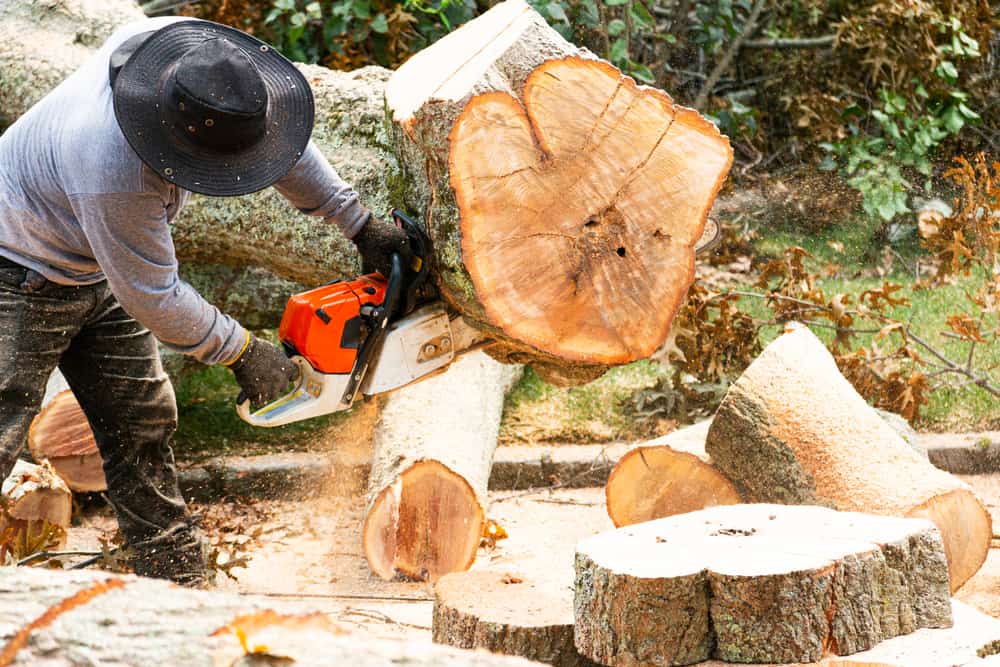
Determining Harvest Density
Deciding on the appropriate harvest density is crucial for the success of seed tree cutting. In Suffolk County, NY, the optimal density will depend on factors such as soil quality, climate, and the specific goals of the forestry project. Consulting with a knowledgeable arborist or forestry expert, like Miguel’s Tree Service, can help you determine the ideal spacing between retained seed trees to ensure adequate seed dispersal and regeneration.
Implementing Sustainable Harvesting Practices
To minimize ecological impact and promote long-term forest health in Suffolk County, NY, it’s essential to employ sustainable harvesting practices during seed tree-cutting operations. This includes using low-impact logging techniques, such as directional felling and minimizing soil disturbance, to preserve the integrity of the ecosystem. Additionally, adhering to local regulations and obtaining necessary permits is crucial to ensure compliance and mitigate potential environmental risks.
Monitoring and Adaptive Management
After implementing seed tree cutting, ongoing monitoring is essential to evaluate the effectiveness of the regeneration process and make any necessary adjustments. Regular assessments of seedling establishment, tree growth, and biodiversity levels will inform adaptive management strategies to address any challenges or issues that may arise. By staying proactive and responsive, landowners can ensure the long-term success of their forestry initiatives in Suffolk County, NY.
Contact Miguel’s Tree Service for Expert Guidance
Implementing seed tree cutting in Suffolk County, NY, requires careful planning, expertise, and a commitment to sustainable forestry practices. By following the best practices outlined above and seeking guidance from experienced professionals like Miguel’s Tree Service, landowners can promote forest regeneration while preserving the natural beauty and ecological integrity of the region. Contact us today to learn more about how we can assist you with your tree care and forestry needs.
